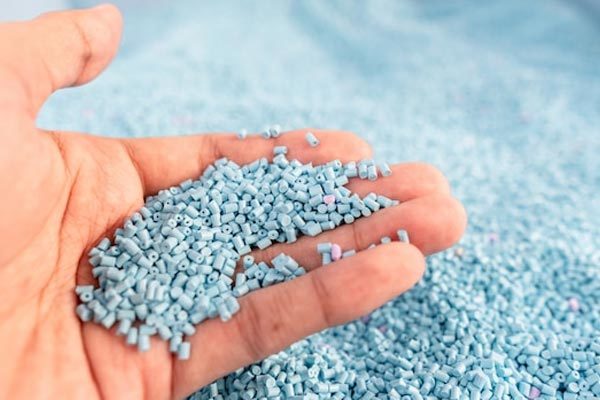NEWS
News Center
Properties and characteristics of Polystyrene (PS)
Publish Time:
2022-07-19 08:41
Source:
Polystyrene, abbreviated as PS, is a polymer of styrene. According to the polymerization process, it can be divided into bulk polymerization, solution polymerization, suspension polymerization, emulsion polymerization, and isotactic polymerization products. The molecular formula is -[CHC6H5-CH2]-n. Currently, the industry mainly uses bulk polymerization and suspension polymerization. Polystyrene has three types: general-purpose polystyrene (GPPS), high-impact polystyrene (HIPS), and expanded polystyrene (EPS). The properties and characteristics of polystyrene PS are as follows:
I. Properties
Polystyrene PS is widely used because of its abundant raw material sources, simple polymerization process, and excellent polymer properties, such as light weight, low price, low water absorption, good coloring, dimensional stability, electrical properties, transparent products, and easy processing. Polystyrene PS can be processed into various plastic products by injection, extrusion, blow molding, thermoforming, foaming, and molding. Polystyrene PS is mainly used in instruments, meters, electrical components, televisions, toys, daily necessities, home appliances, stationery, packaging, and foam cushioning materials.
II. Characteristics of Polystyrene PS
1. Extremely low water absorption, resistant to cold water but not hot water, resistant to acids and alkalis, but poor oil resistance, and soluble in aromatics, chlorinated hydrocarbons, ketones, and esters. Poor resistance to environmental stress cracking.
2. Due to the benzene ring increasing the steric hindrance of macromolecules and restricting molecular motion, the surface hardness and rigidity are high, and the dimensional stability is good; however, the brittleness and impact strength are low, and the wear resistance and scratch resistance are poor.
3. Good coloring, surface decoration, and radiation resistance, but poor sunlight resistance, flammable, burning with a yellow flame and black smoke, and a special odor.
4. Low softening point (80~90℃), heat distortion temperature (18.2 MPa) is 87~92℃, so it can only be used at 60~75℃ and low load.
5. Excellent electrical properties, especially excellent high-frequency insulation properties and arc resistance.
6. Polystyrene PS has very good molding and processing properties. It can be processed by general thermoplastic molding methods such as injection, extrusion, blow molding, thermoforming, foaming, bonding, coating, welding, machining, hot stamping, and printing. The process conditions are different.
7. Colorless, non-toxic, odorless, non-crystalline transparent thermoplastic, with a weight-average molecular weight of 200,000 to 300,000, a density of 1.04 to 1.06 g/cm3, and a light transmittance of 87% to 92%.
Polystyrene PS can be used in light industry for decoration, lighting equipment, and signs; in instrumentation, it can be used for optical instrument parts, instrument housings, instrument indicator lampshades, and transparent models; in the electronics industry, it can be used for high-frequency capacitors; in machinery and chemical industry, it can be used for car lampshades, light transmission covers, corrosion-resistant chemical storage tanks; in daily necessities, it can be used to make toothbrush handles, bottle caps, combs, set squares, rulers, cups and plates, soap boxes, and cigarette cases and a series of daily necessities.
MPP flame retardant physical properties, uses and preparation methods, #Flame retardant technology#


